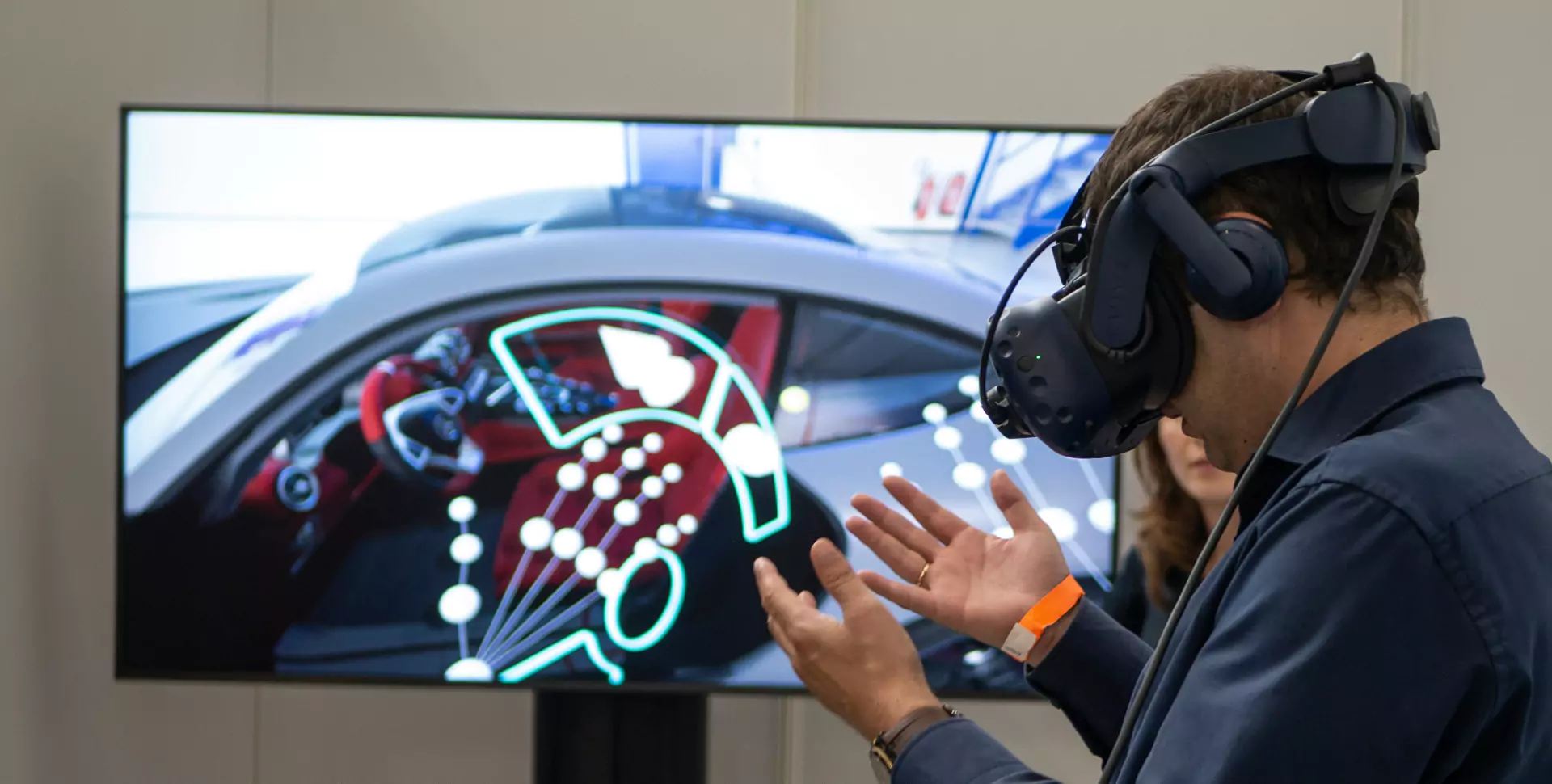Introduction
Augmented coach is an XR platform that allows for remote coaching. Remote sports coaching connects athletes to interactive training sessions, despite busy schedules and/or lack of access to local trainers. Current formats of remote coaching involve video calls or sharing filmed videos of training sessions for asynchronous feedback. A significant challenge with these methods of remote sports coaching is the absence of spatial data, which hinders in-depth assessment of athletic performance.
Augmented coach is an XR platform that allows for remote coaching. Remote sports coaching connects athletes to interactive training sessions, despite busy schedules and/or lack of access to local trainers. Current formats of remote coaching involve video calls or sharing filmed videos of training sessions for asynchronous feedback. A significant challenge with these methods of remote sports coaching is the absence of spatial data, which hinders in-depth assessment of athletic performance.
Key Topics
- Kinesthetic value visualization: Visualizing different kinesthetic values of the athletes body such as skeletal body alignment, muscular body forces, and timing of body movements.
- 3D spatial data visualization: Ability to capture 3D renders of the athletes for coaches to be able to view their athletes at different angles.
- Annotations and visual insights: Allow coaches to give different forms of feedback within the 3D platform for more specific and accurate tips and adjustments.
Impact of features
Some of the key features in the platform included unpacked frames, joint alignments, and motion planes. Data collected through questionnaires revealed that the unpacked frames feature was the most helpful, allowing coaches to view athletes movements frame by frame in 3D. The other features also received rather high average scores and let the coaches identify joint misalignments and adjust movement based on body weight shifts through the motion planes. The weightlifting coach mentioned that the motion plane feature has proven valuable in identifying lower body syndrome or upper body syndrome in individuals. Similarly, the racquetball coach pointed out that they can be effectively used in teaching techniques such as the forehand ceiling shot, which demands proper positioning to ensure a clear view of the front wall.
Future works and limitations
The user experience needs improvement in the platform as coaches would mention some features were not obvious or difficult to use. For example, some users did not know the joints were interactable while some commented that the motion planes lacked precise coordinates, degrees, and angles that would allow for more precise measurements and feedback. Improving the user experience to be more intuitive is one of the priorities down the line.
In future iterations, augmented coach plans to expand the capabilities of the system to be able to track a larger variety of sports. Currently, the system has issues properly tracking athletes actively running and jumping, limiting some of the sports the hardware can visualize. We also plan on enhancing the diversity of the athletes to get a better sample size when collecting data and testing the system.

